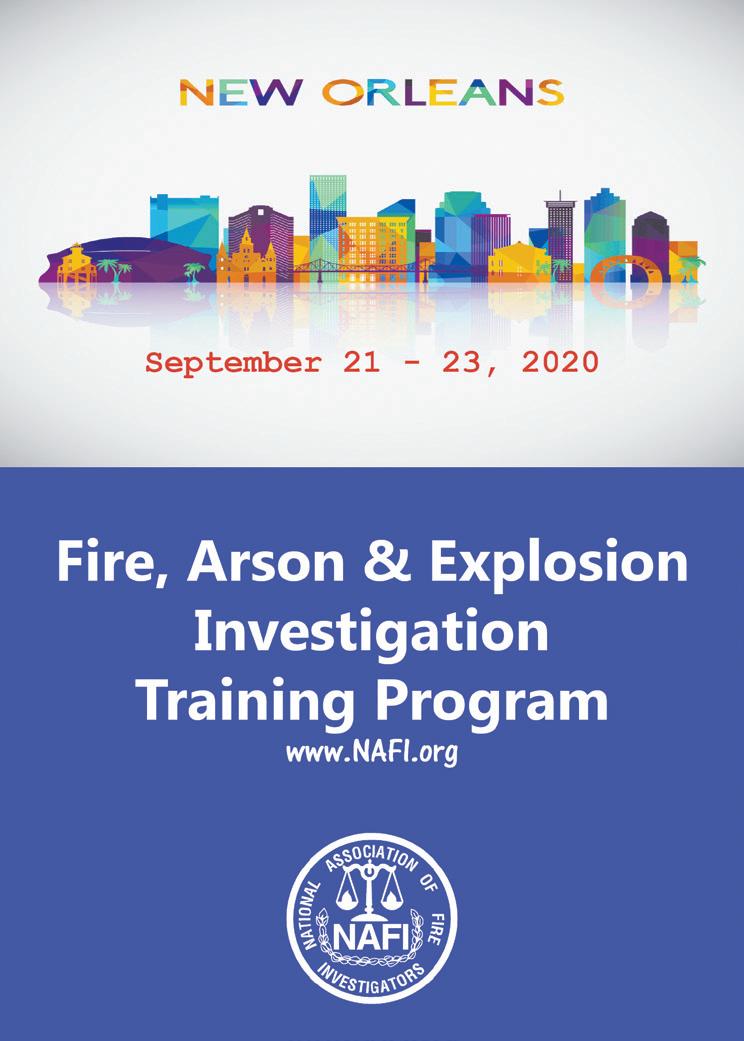Drones
Public Safety Drones, Training and Proficiency
One of the significant needs that have been identified by a recent DRONERESPONDERS study report regarding public safety drones is the area of standardized training. Standardized training needs include a standardized public safety UAS curriculum, training materials, scenariobased exercises and ways to measure practical flight proficiency. Fortunately, there are a number of initiatives and
16 Summer • 2020
resources that are moving forward with noting. In January 2020,ASTM International approved and published the F3379-20 Standard Guide for Training for Public Safety Remote Pilot of Unmanned Aircraft Systems (UAS) Endorsement1.This guide covers the minimum training requirements for public safety remote pilots (PS-RPs) as it relates to their general, field and search specific knowledge and skills.
In 2019 the National Fire Protection Association (NFPA) received just shy of a million dollars in Fire Prevention and Safety Grant money from FEMA to develop a free public safety drone compliance program that includes educational training and a searchable knowledgebase that tracks fire service drone programs and usage.
As Outlined on the NFPA Website: Fire departments have rapidly expanded the use of drones as more communities have realized the lifesaving impact that aerial technology can have in response to structural fires, wildland firefighting, search and rescue efforts, hazardous material responses, natural disaster efforts and any other events that would benefit from increased situational awareness. Although drone safety policies and standards continue to evolve, many U.S. fire departments are without the proper information, knowledge and experience needed to establish and maintain a legally sound public safety program that is compliant with FAA regulations, and the standards produced by ASTM International, National Institute of Standards and Technology (NIST) and NFPA.Without proper understanding of how to integrate drones into public safety efforts, fire departments may deploy unmanned aerial devices inaccurately; may inappropriately gather
www.carolinafirejournal.com
information during an incident; and may interfere with manned and unmanned flight operations in the area.All these missteps Chief Charles L. needlessly expose Werner (Ret.) fire departments to liability. The NFPA drone project will generate the guidance, learnings, and best practices that U.S. fire departments need to establish a compliant, successful drone program by: • Assessing the current level of understanding, policies, and standards on public safety drone usage • Developing a drone program framework, including resources, education, and an accessible portal which allows departments to comply with current regulations and standards • Tracking fire service drone programs and their relevant use cases • Freely disseminating essential information and training so that departments can establish regionally and nationally compliant public safety drone programs The new initiative will follow the successful NFPA Emerging Technologies
Carolina Fire Rescue EMS Journal























